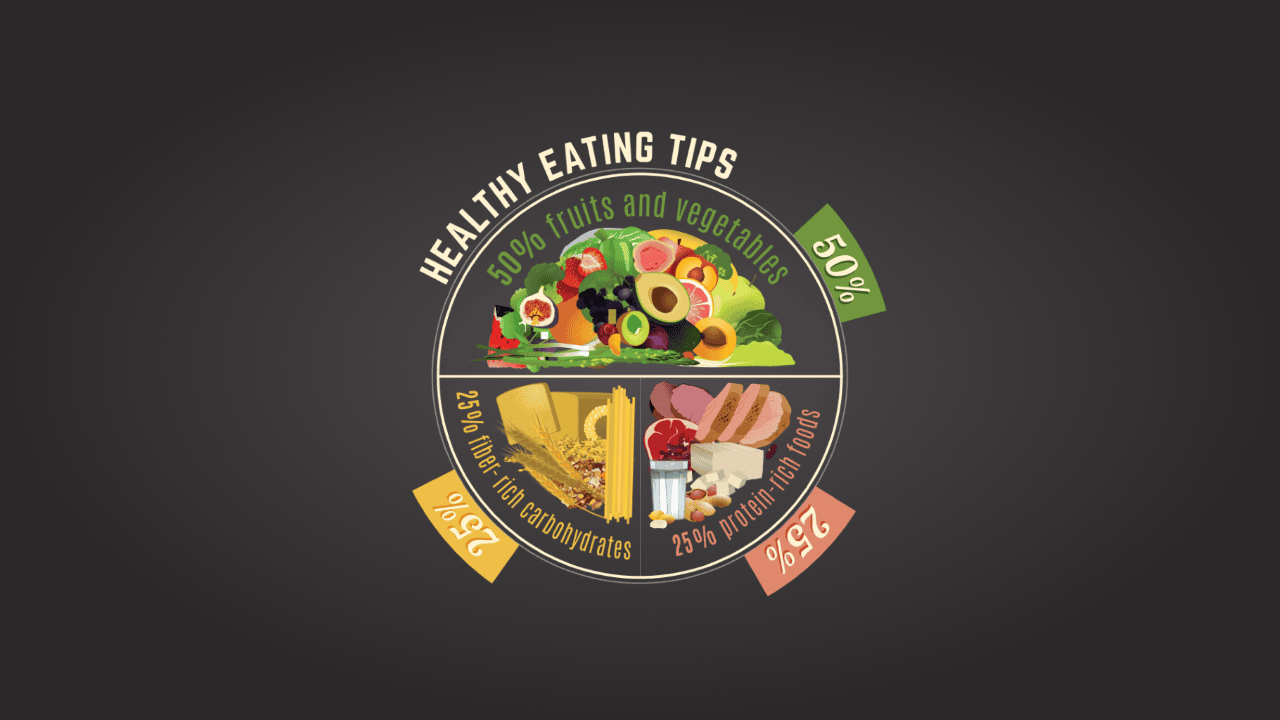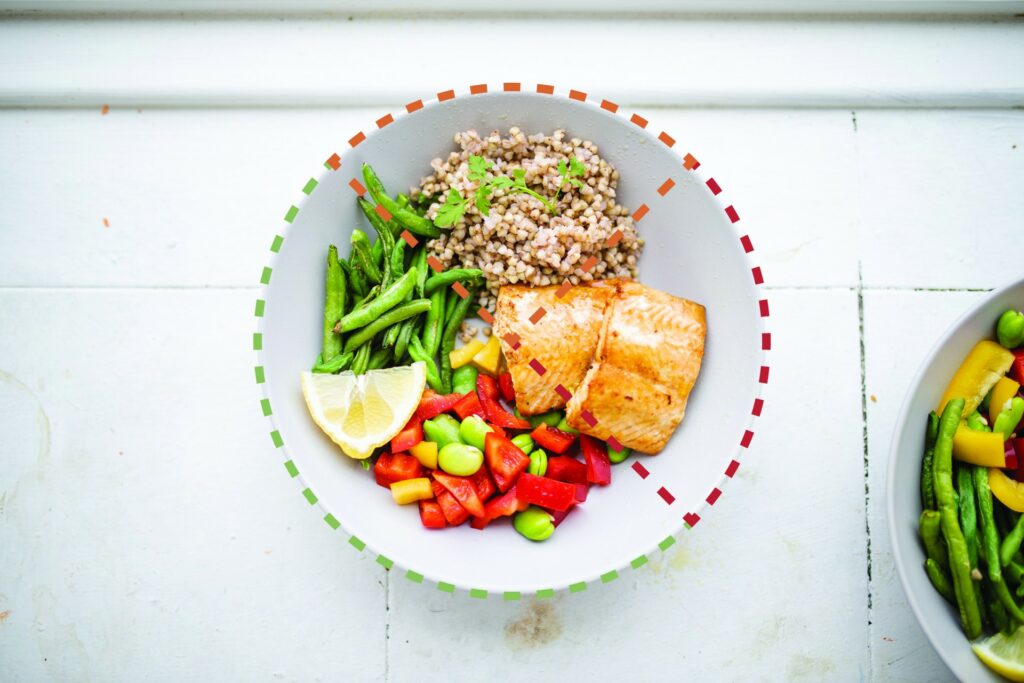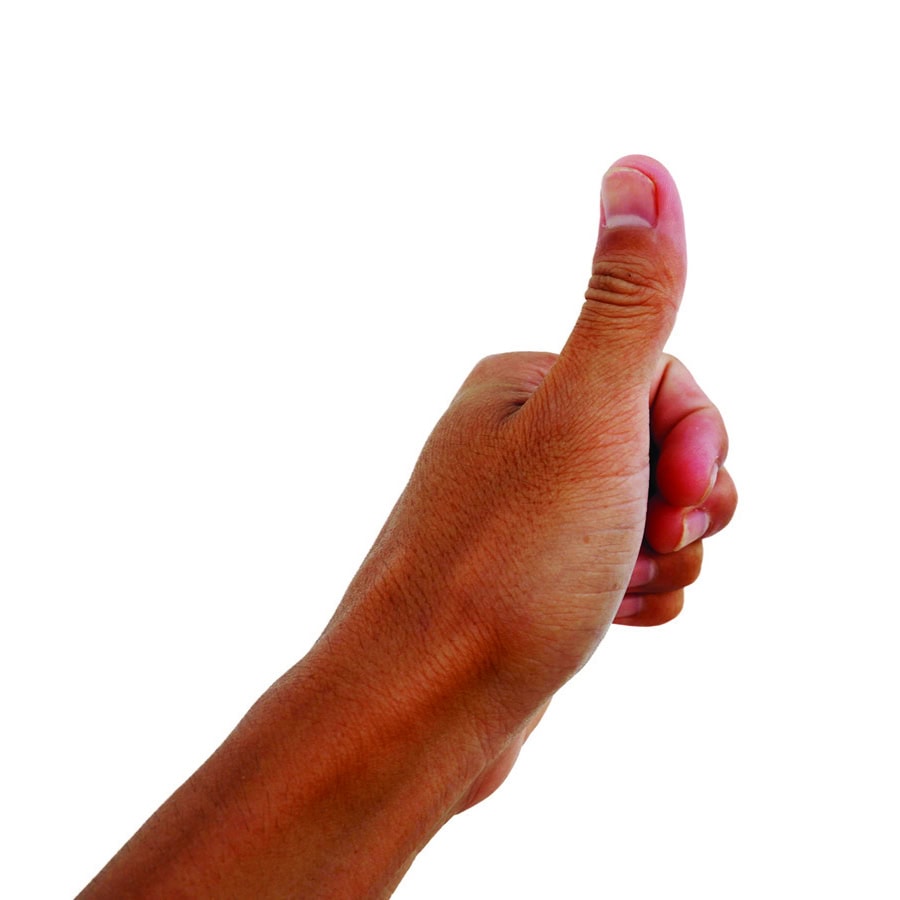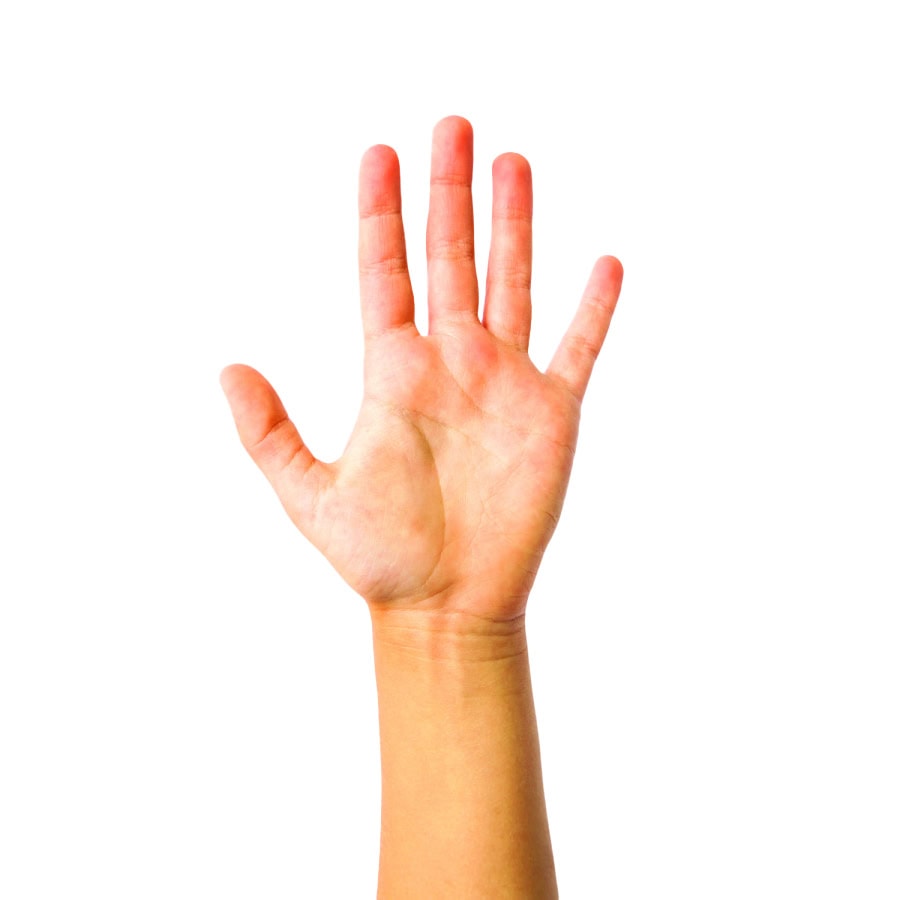It can help you get to, or stay at, a healthy weight. Talk with your nurse, doctor, diabetes care and education specialist, or dietitian if you have other health issues to consider. A registered dietitian (RD) can help you come up with an eating pattern that is right for you.
One way to start thinking about your meals is to start with a plate that is 9 inches wide.

Visit Create Your Plate to learn how to practice healthy eating choices that fit your personal and cultural preferences.

Spinach, asparagus, peppers, cauliflower, squash, green beans, carrots, broccoli, tomatoes, salad greens, eggplant, pea pods, cabbage, mushrooms.
Brown rice, whole-grain bread, pasta and cereal, oatmeal, quinoa, bulgur, corn tortillas, naan, chapati, potato, corn, winter squash, beans, peas, lentils, fruit.
Eggs, low-fat cheese or plain Greek yogurt, nuts, nut butters, tofu, fish, chicken or turkey breast, ground chicken or turkey, lean beef, seitan.
A fist = about 1 cup
Half a fist = ½ cup
Use as a guide for portions of rice, potatoes, grains, cereal, side dishes

A thumb = 1 tablespoon
Use as a guide for portions of salad dressings, sour cream
Half a thumb = 1½ teaspoons
Use as a guide for portions of margarine, butter

The palm of your hand = 3 ounces
Use as a guide for portions of cooked meat, fish, or tofu

Pay attention when you eat, which may help you enjoy your food more and eat less. Make a plan to eat only at the table, without any distractions. Savor each bite and pay attention to the mix of flavors and textures. Chew slowly, and pause between bites.
You can track your food intake using a log, or on an app on your smartphone, tablet, or desktop. Review it after a few days, and look for the changes that you are most confident that you can make.
Interactive Guide